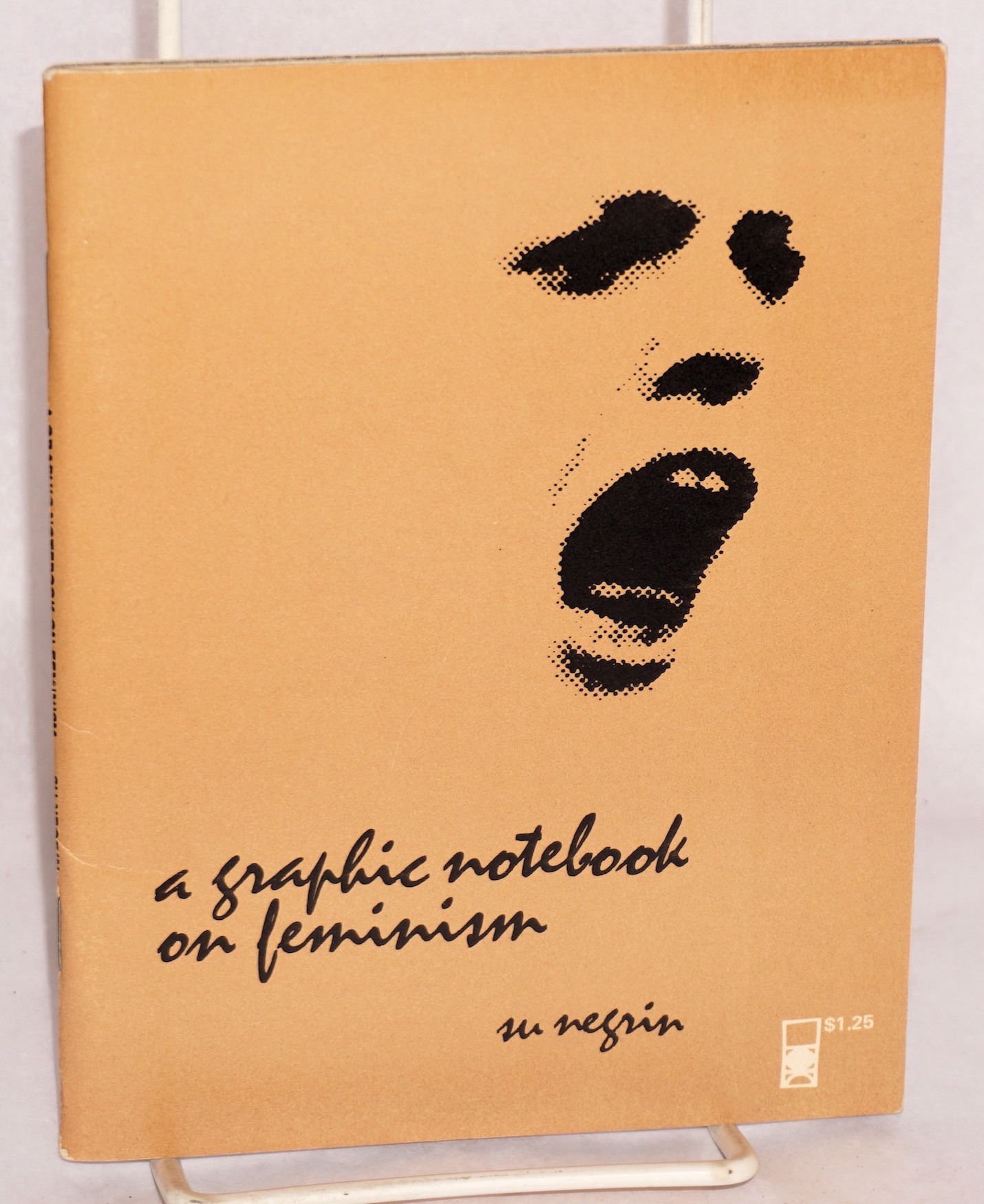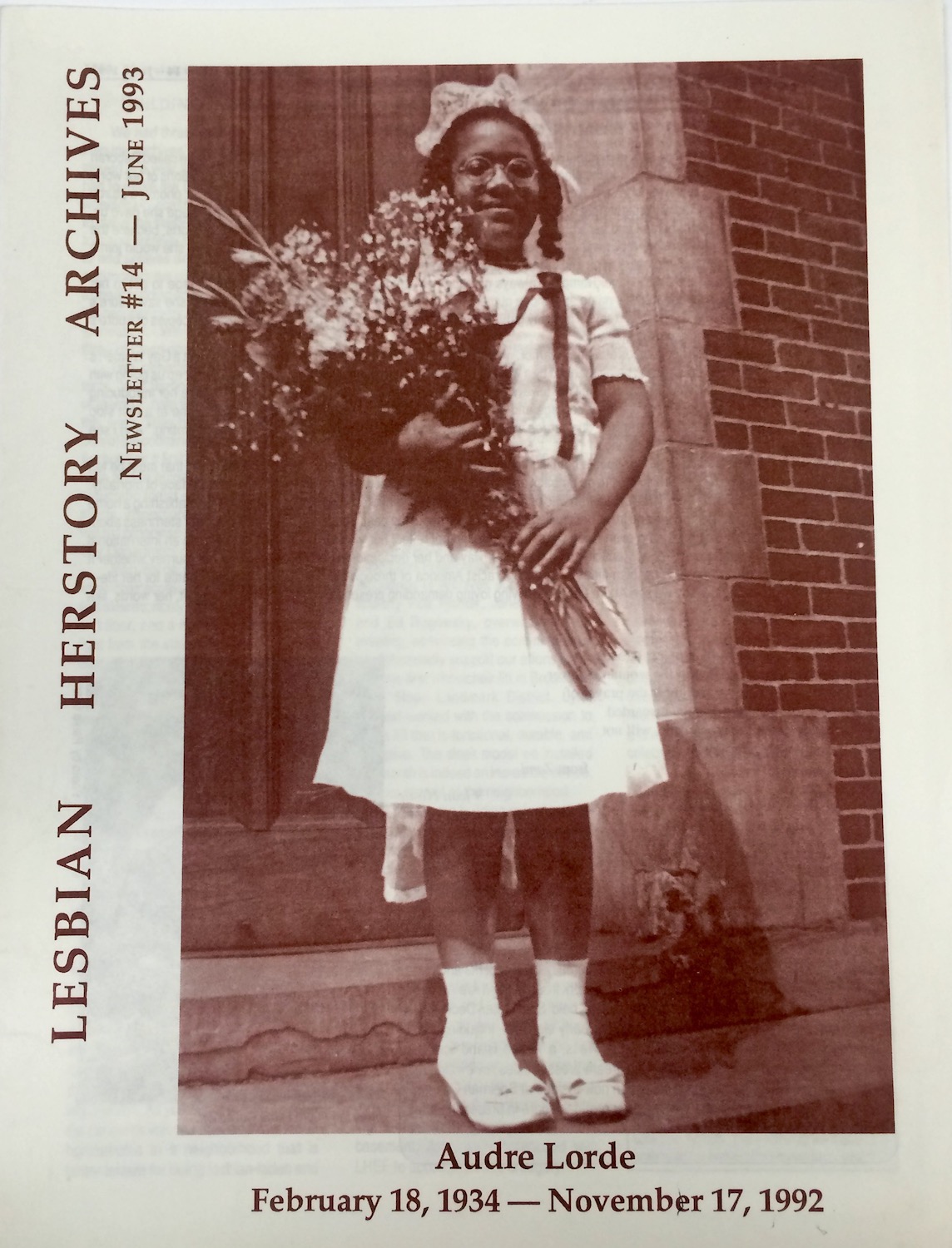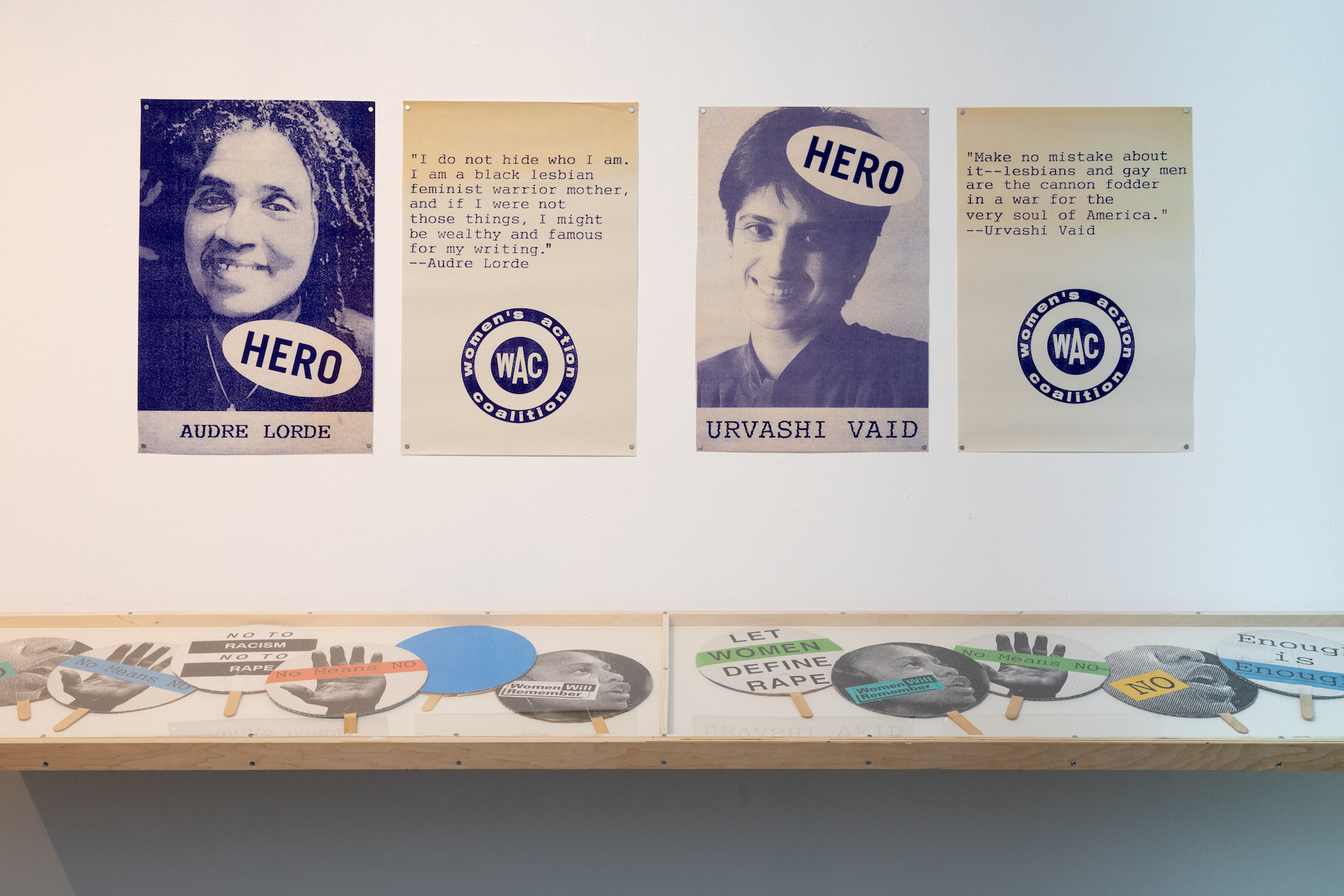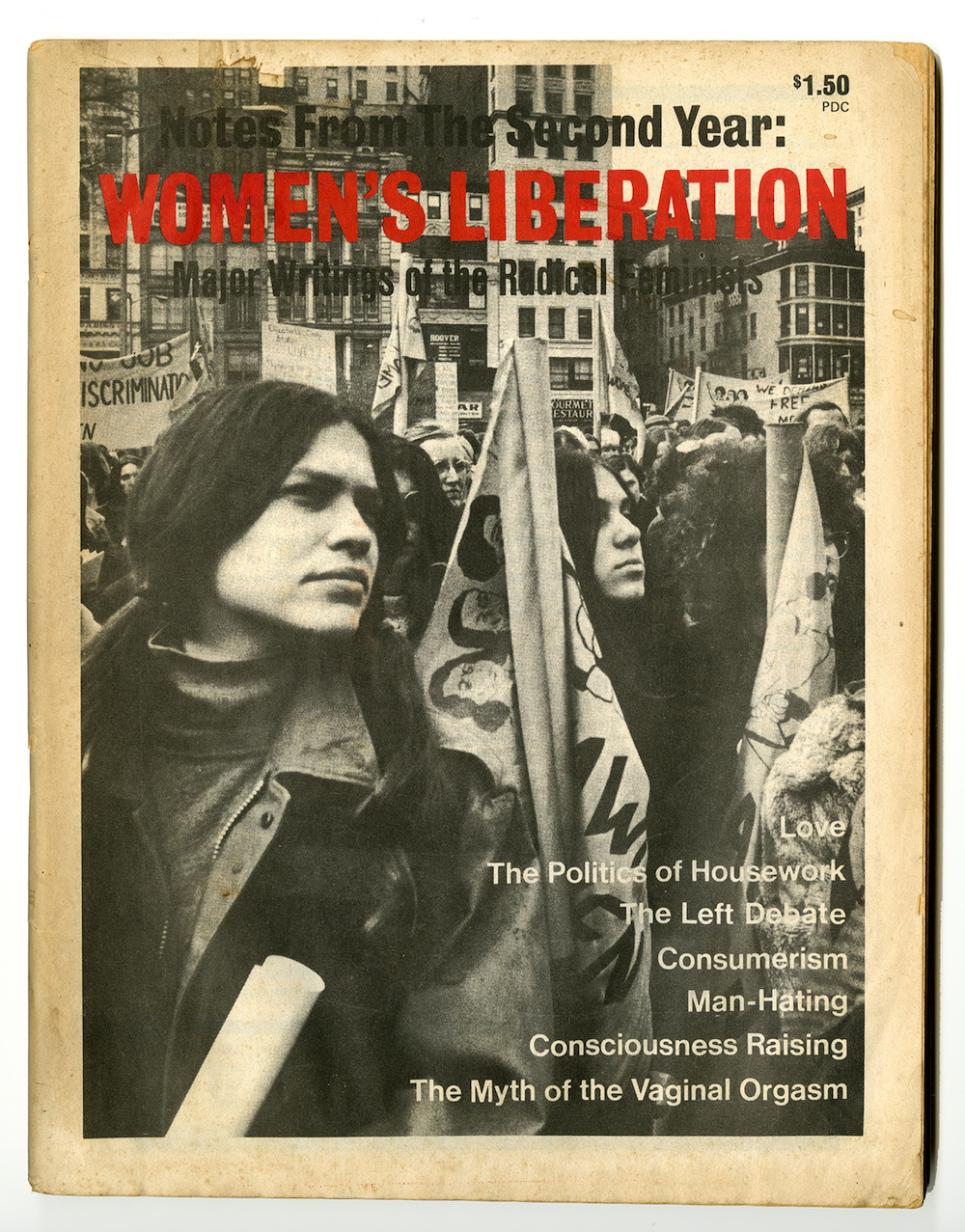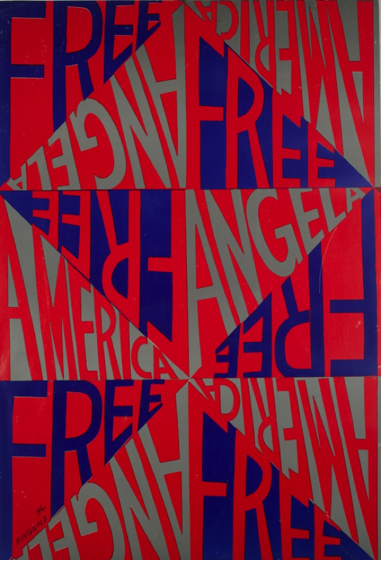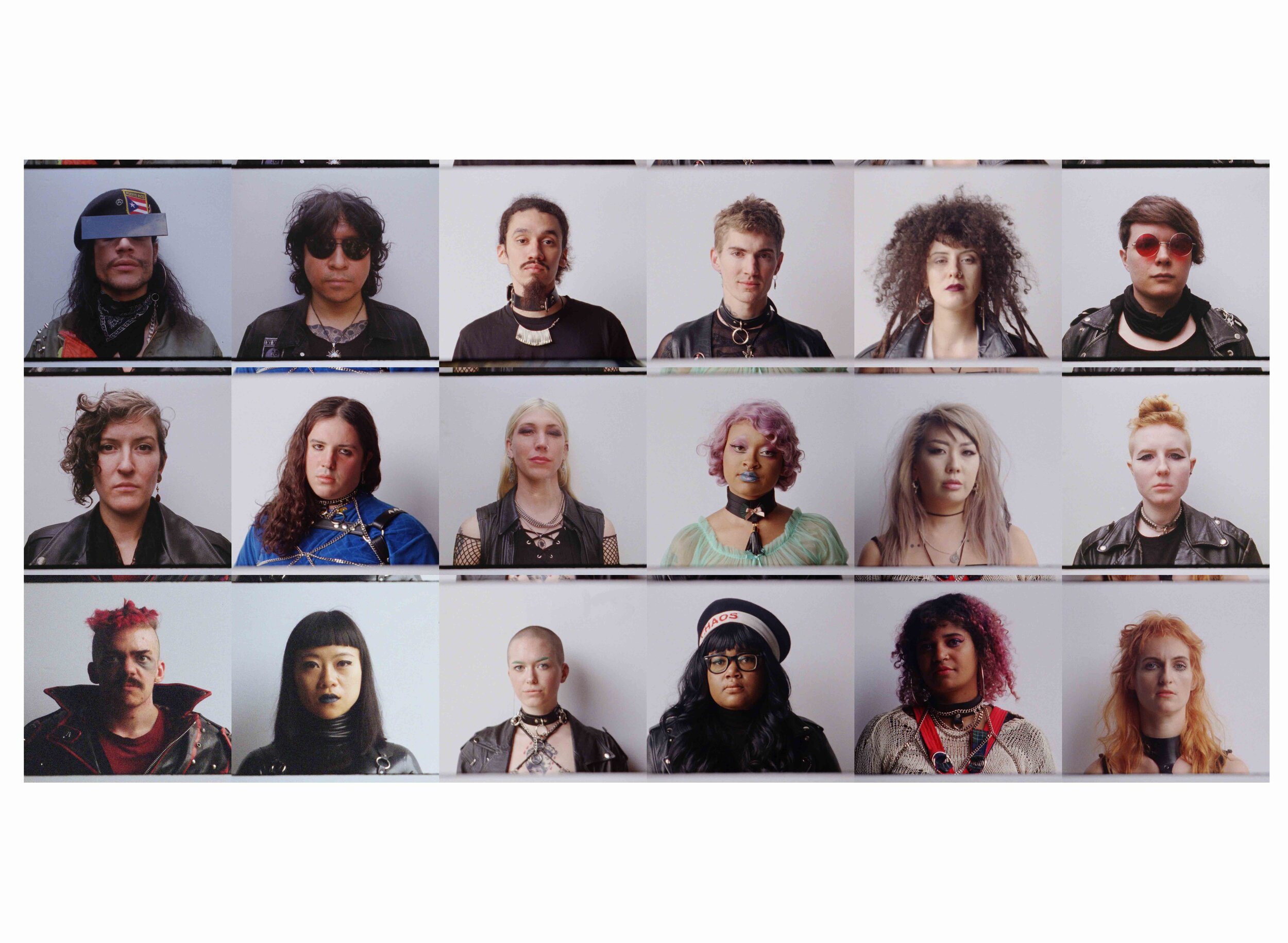We Dissent: Past, Present and Future of the Women's Movement
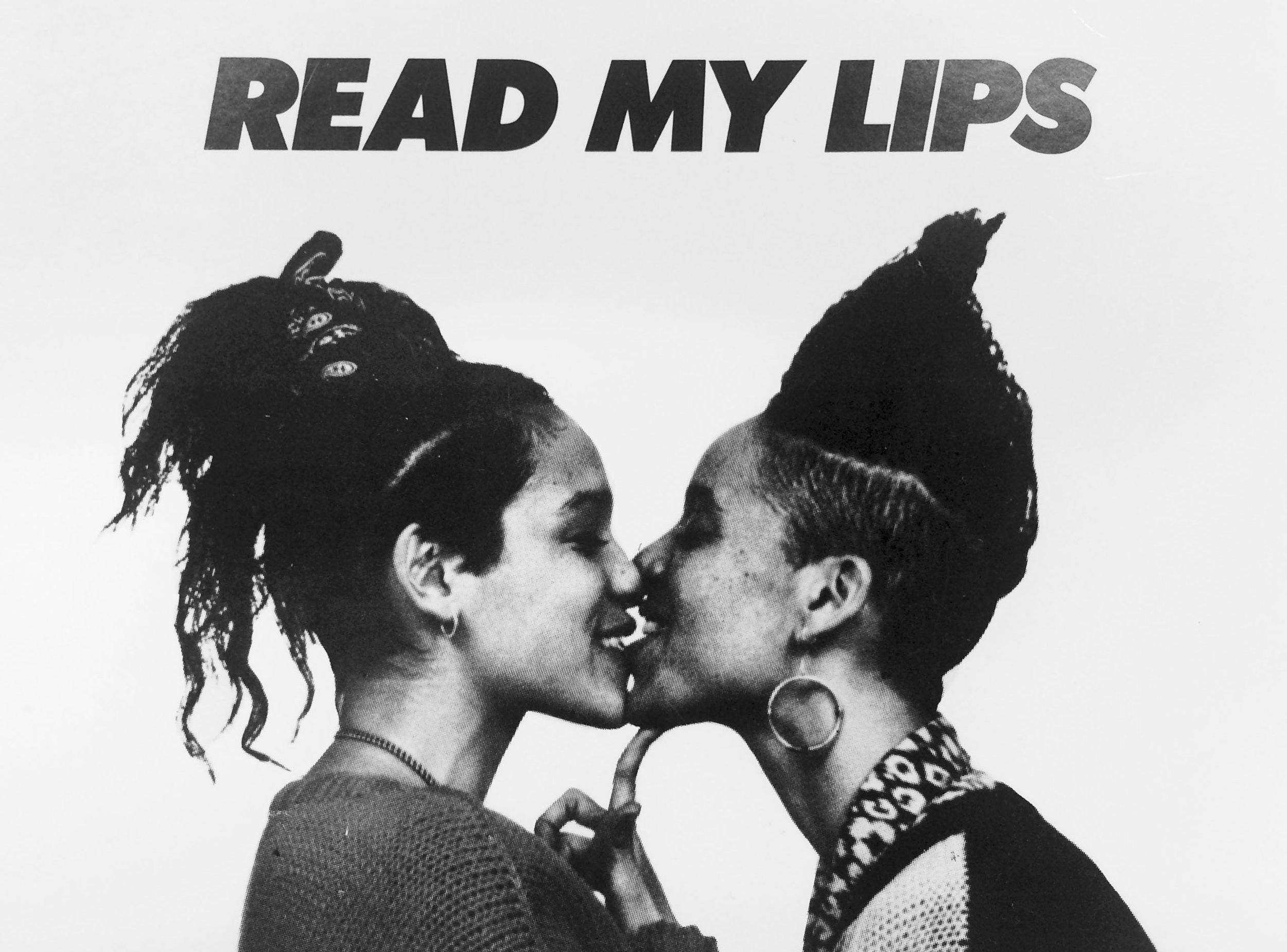
Feminism is distinctively classified by its “waves” —an apt metaphor for the elusive yet specific form of the movement. Each wave plays with varying media to carry and communicate its message, but how do the waves differ in aesthetics? How has digital media progressed the resistance, if at all?
Cooper Union’s fall ‘18 exhibition, We Dissent…Design of the Women’s Movement in New York, was the best kind of mouthful; an exhale that’s been on-hold for about 150 years. We Dissent was a curated archive of printed matter; manifestos, engravings, silkscreens, pamphlets, posters, newsletters, even matchboxes, that trace the aesthetic history of the feminist resistance in NYC. We Dissent asks far more questions than it could possibly ever answer, and perhaps that’s the point. Good Trouble spoke with co-curator Stéphanie Jeanjean about how this women-only exhibit was singular for the very reason that it could not exist in the past nor the future.
5. Lucia Vernarelli, New York City, 1970. Redstockings Archives
Do you think the theory of the language, specifically between the second and third wave, changed the aesthetics of the feminist resistance?
The feminist movement is presented to us as a succession of waves. But when you look at the organizations, they don't stop between waves. The waves are a way to break [the movement] down as something that evolves, but I think the consciousness of inequality can be expressed as a whole. We are so much into the notion of intersectionality, but those notions existed in the past. The terminology is new but the sensitivities towards those notions are not. You see it in some of the writing—the understanding of the complexity of identity. I didn’t know how many of these [post-gender] groups would take my invitation, but they did. When you look at many of the pieces, it’s obviously far beyond feminism—it’s really about humanism.
“The waves are a way to break [the movement] down as something that evolves, but I think the consciousness of inequality can be expressed as a whole.”
Ms Magazine, 1972
We live in a simulated world, or in Jean Baudrillard’s terms, we exist in “the order of sorcery” where the distinction between reality and representation has vanished. Copy is king and originals have become meaningless. How do you think this cultural disposition affects modes of resistance, particularly the feminist movement?
The women who were originally involved in printmaking were totally aware of the capacity of mechanical reproduction…the mechanical adoption of the process was itself a resistance. Then, there was a re-evaluation and reconstruction of these mediums during the 80’s, which put into question the system of values that said an original is more important than a copy. We are [all] living with copies and some [of the copies] have been originated with no master. The organizations [of the 80’s] reversed this tactic: they played with the emotion of the copy, they created their own fiction. The entire question of simulation is this: you can create societal models by modifying copies and making them circulate in such a way that they become reality. You can create your own family.
Dyke Action Machine, “Do you love the dyke in your life?”, Poster, 1993. Courtesy of Dyke Action Machine.
“The entire question of simulation is this: you can create societal models by modifying copies and making them circulate in such a way that they become reality. You can create your own family.”
The etymological root of the word protest is ‘testis’, which means to witness. How far have we strayed from the root? How has the digital world altered the act of resisting?
The entire digital world was created as a space for freedom…but what has disappeared from the conversation today is the question of the mass media. Mass media used to be seen as the strongest element of power. The work of the Guerrilla Girls was visually strategic: they appropriated, subverted and diverted the messages of the mass media. We don’t call social media mass media, because it is not the same…We’re losing the edge that made artists worry about how they were going to be received/manipulated by the mass media: [it was] a source of power to take information, manipulate it and put it back into the world…You have to remember that all of these posters were unpopular when they were made—nobody wanted to see these things! These works are autonomous because they’re trying to exist within a non-dominating space, but at the same time, they are not autonomous because they’re trying to inscribe themselves in a space that is already codified. The question becomes: how do you modify history? Do you write a fiction about it? Do you re-write it?
One can see something without understanding it. How can one be subversive in an age where everything is visible?
Start by acknowledging what powers [something] may or may not have.
Lesbian Avengers, "We Recruit" flier, 1992 Courtesy Lesbian Herstory Archives.jpg
In the essay, “Subjectivity in the Shadows”, Hans Christian-Dany uses Jeremy Bentham’s utilitarian philosophy to challenge notions of contemporary protest: “every regime can only be upheld if everything that deviates or dissents from it does so in broad daylight.” —in other words, visible protest can be counterproductive because it helps the state apparatus neutralize resisting efforts…
Protesting is about visibility and access, yet a main part of the conversation is also about disguise. And a lot of these group members have used tactics of disguise. The Guerrilla Girls appropriate different identities. There are many masks in the exhibition—and we didn’t even look for them.
Why now? What makes this exhibit singular?
With few exceptions, this is a women-only exhibit—and that’s rare. This exhibition was revenge, for the centuries of no visibility whatsoever… I don't think 15 years from now this exhibition could exist—it would be seen as sexist. The question becomes: do we still consider collecting to be important? This is the story of the second wave: they discovered an urge to resist just to find out that some of [the resistance] had already happened but the information was never communicated…Feminism is about defining the specificity of the woman subject. But what about the groups who want to think beyond gender? It’s a very valid point, but if we get beyond gender, would all of this disappear? It shouldn’t. It would be erasing a very important part of history.
ACTIONS:
Learn about the radical collectives, past & present, who paved the waves: Redstockings, the Heresies Collective, Guerrilla Girls, Heterodoxy Club, WAC (Woman Action Coalition), and DAM! (Dyke Action Machine!).
Check out more digitized "artifacts" from the exhibition below:

